
Arc Flash Gloves: Selecting the Right Protection
Choosing the right Arc Flash Gloves is key to ensuring your safety in high-risk environments like electrical maintenance or construction....
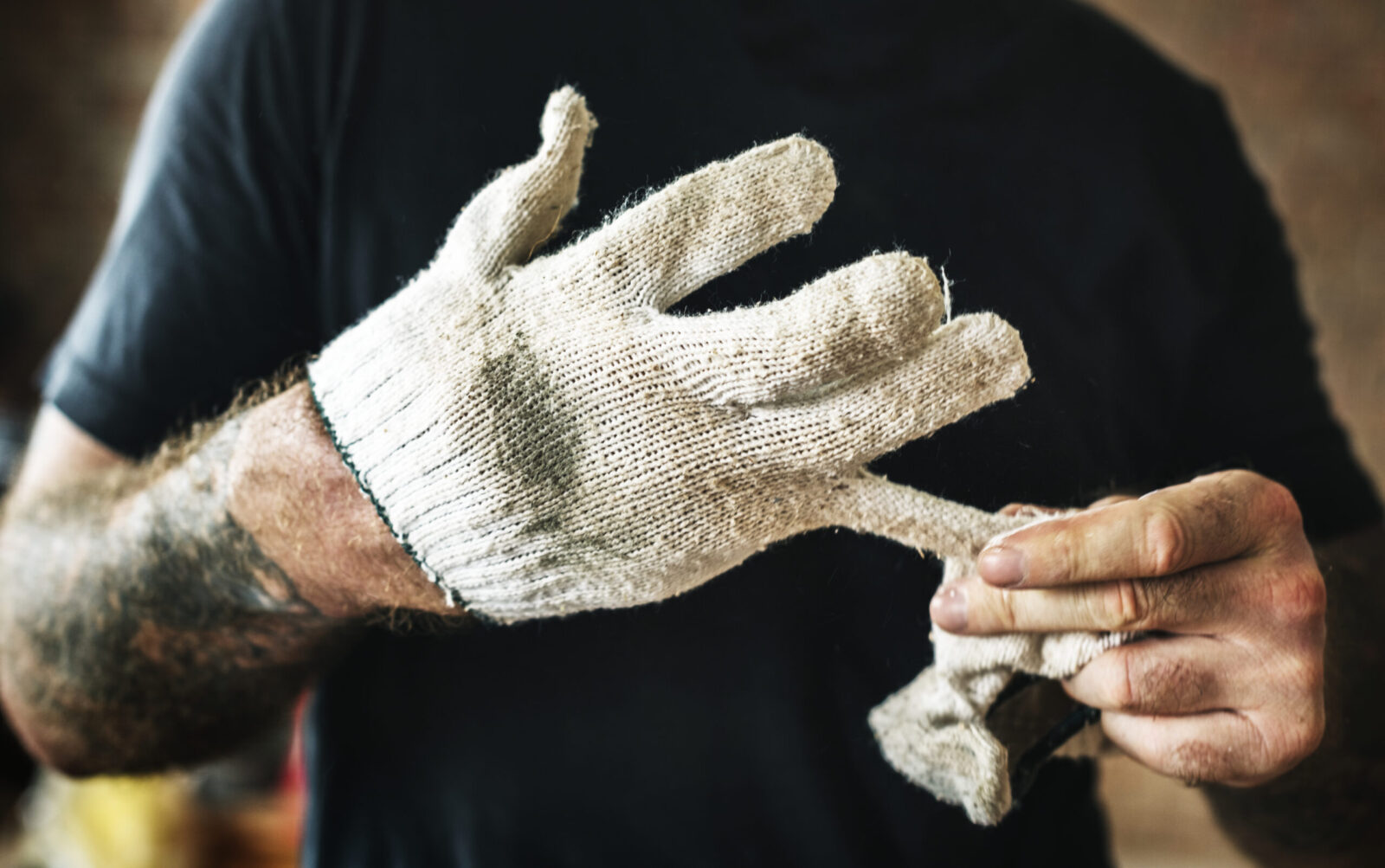
Get 20€ off on your first order!
When it comes to work gloves, choosing the right pair is essential for ensuring safety, enhancing grip, and supporting efficiency on the job. Whether you’re working in construction, manufacturing, or warehousing, this guide will address your specific needs, from understanding materials like leather and nitrile to identifying industry-relevant certifications such as EN 388. By the end, you’ll have the expertise to select gloves tailored to your tasks, ensuring both immediate safety and long-term confidence in your choices.
Different tasks require different types of protection. For instance:
The material of the gloves plays a significant role in their performance. Here’s a chart to understand it more:
| Material | Advantages | Limitations | Best Applications |
| Leather | – Durable and abrasion-resistant | – Limited flexibility- Not suitable for chemical exposure | – Heavy-duty tasks- Construction- Welding |
| Nitrile | – Chemical-resistant- High dexterity- Puncture-resistant | – Less breathable- May degrade over time with prolonged UV exposure | – Chemical handling- Precision tasks- Medical tasks |
| Cotton | – Lightweight- Breathable- Affordable | – Low durability- Minimal protection against cuts or chemicals | – Light assembly- Gardening- Warehousing |
| Kevlar | – High cut and heat resistance- Lightweight | – Can be costly- Limited protection against chemicals | – Glass handling- Automotive- Metalworking |
| Rubber/Neoprene | – Superior grip in wet conditions- Chemical-resistant | – Can cause sweating- May tear under extreme abrasion | – Chemical handling- Cleaning- Laboratory tasks |
| Polyurethane (PU) | – Excellent dexterity- Good grip- Lightweight | – Low durability- Limited resistance to high heat or cuts | – Assembly line- Electronics- Precision work |
For those needing premium leather options, refer to Selecting The Best Leather Work Gloves: A Practical Guide.
Ill-fitting gloves can cause discomfort and hinder your performance. Always measure your hand size and refer to a reliable Glove Size Guide to ensure the perfect fit.
Designed for a variety of tasks, these gloves prioritize comfort and dexterity. They’re ideal for tasks like moving boxes or light maintenance work.
Perfect for jobs involving sharp tools or materials, these gloves offer varying levels of cut protection. Look for gloves that meet European safety standard like EN 388, which provides ratings for cut, abrasion, tear, and puncture resistance. Additionally, certifications like ANSI/ISEA 105 can help you identify gloves with appropriate cut resistance levels. To learn more about cut-resistant gloves, read our extensive guide on How to choose the right cut resistant gloves.
Here’s a table to understand the certifications and standards.
| Standard | Purpose | Rating System | Example Gloves |
| EN 388 (European Standard) | Measures mechanical risks, such as abrasion, cuts, tears, and punctures | 4-Part Code (e.g., 4X42F):- 1st digit: Abrasion resistance (1-4)- 2nd digit: Cut resistance (1-5 or A-F)- 3rd digit: Tear resistance (1-4)- 4th digit: Puncture resistance (1-4)- Optional “F”: Impact protection (P/F/X) | Portwest A622 Cut 5 Gloves Showa 381 Gloves |
| ANSI/ISEA 105 (American Standard) | Rates gloves for resistance to cuts, punctures, abrasion, and heat | Cut Resistance Levels (A1-A9):- Based on grams of pressure to cut through material.Puncture Resistance: Newtons required to penetrateAbrasion Resistance: Cycles to wear through material (0-6 scale). | HexArmor 9011 Gloves TraffiGlove TG5010 Gloves |
A glove with the rating 4X42F means:
A glove with the rating A6 for cut resistance means:
Impact-resistant gloves shield hands from heavy tools or falling objects. Look for durable materials like TPR, knuckle padding, anti-slip grip, a snug fit, and ANSI/ISEA 138 compliance. Check out How to Choose The Right Impact-Resistant Gloves.
Workers operating vibrating machinery like drills or jackhammers can benefit from gloves designed to reduce vibrations, minimizing fatigue and injury. Learn more in How To Choose The Right Anti-Vibration Gloves.
Heavy-duty gloves with impact resistance and cut protection are highly beneficial for construction workers. Tasks such as operating jackhammers, handling bricks, or cutting rebar all require specialized gloves for safety and efficiency. Gloves made by suppliers like Portwest and Showa are popular in this field.
Precision tasks, such as assembling small components or working with sharp machinery, often require nitrile-coated gloves or cut-resistant gloves. Suppliers such as Ejendals specialize in high-quality options for industrial environments.
Flexible and breathable gloves that enhance grip are ideal for tasks like handling boxes, loading trucks, and operating forklifts. Brands like Traffi offer excellent options for these roles.
When sourcing work gloves, choosing reputable suppliers ensures quality and reliability. Here are some of the top names:
In addition to work gloves, you may also need related safety gear. Explore these options:
We hope this guide has been helpful in navigating the essential factors for choosing the best work gloves, from identifying the right materials to understanding industry certifications. Whether you’re handling heavy tools in construction or ensuring precision in manufacturing tasks, we’re here to support your needs.
Explore the full range of Work Gloves on Droppe, where trusted brands like Portwest, Showa, and Ejendals are just a click away.
Have questions or need advice on finding the perfect gloves? Don’t hesitate to reach out—we’re always here to help ensure your safety and confidence in every purchase.
– The Droppe Team
For extreme weather conditions, consider insulated gloves with waterproof and windproof materials. Look for options made from leather or synthetic blends with thermal lining to ensure durability and warmth in cold environments.
Yes, some brands offer eco-friendly work gloves made from recycled materials or sustainable fabrics like organic cotton or biodegradable nitrile. Check product descriptions for sustainability certifications or labels.
When handling chemicals, choose gloves made from nitrile, PVC, or neoprene, which provide excellent chemical resistance. Always check the glove’s chemical resistance chart or compliance with standards like EN 374 for chemical protection.
While some general-purpose gloves can be used for various tasks, it’s best to choose gloves specifically designed for the unique risks of each task. For example, cut-resistant gloves may not provide adequate chemical protection, and vice versa.
The frequency depends on the glove’s material and usage intensity. Inspect your gloves regularly for signs of wear, such as tears, thinning, or compromised grip. Replace them immediately if they no longer provide adequate protection or comfort.
Thank you! You've signed up for our newsletter.




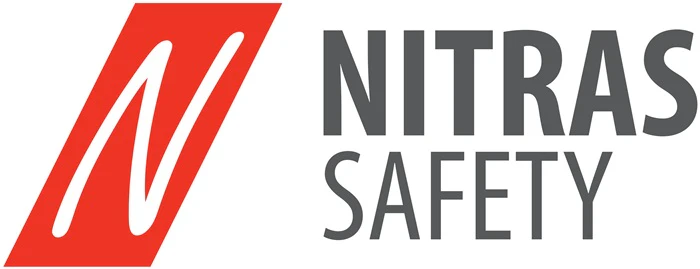





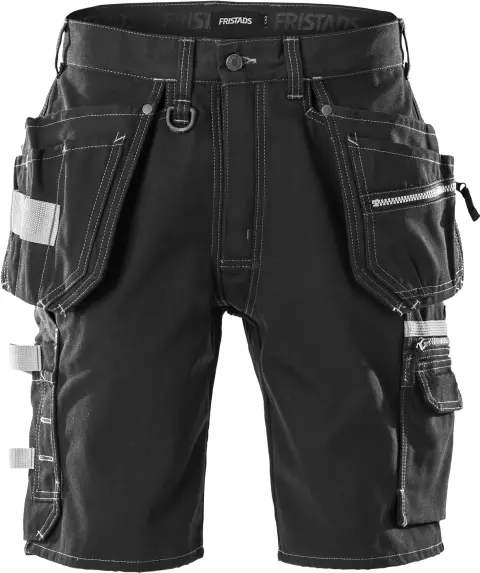
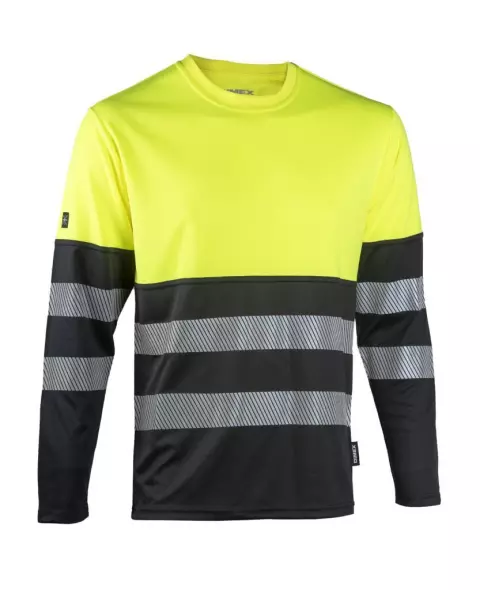
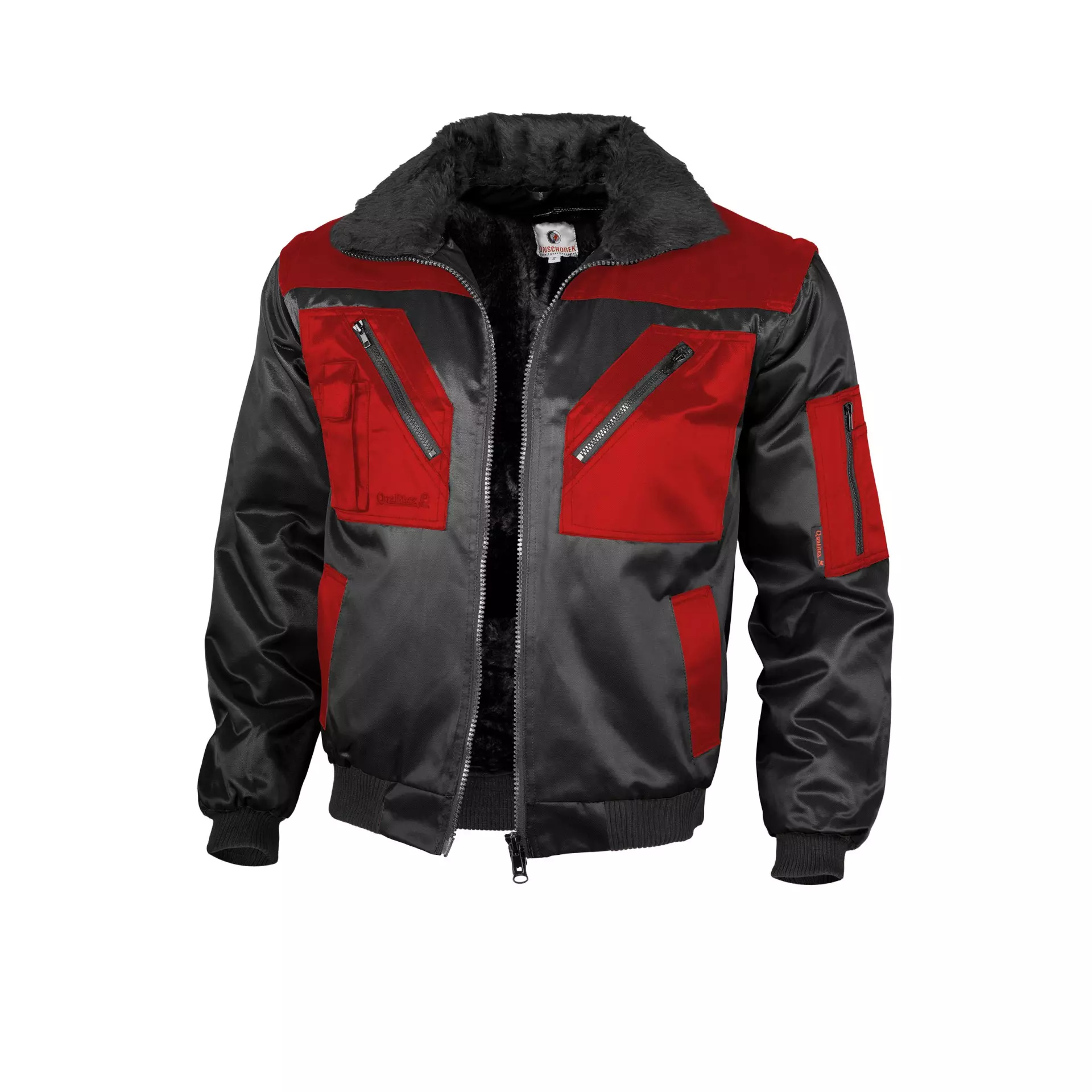
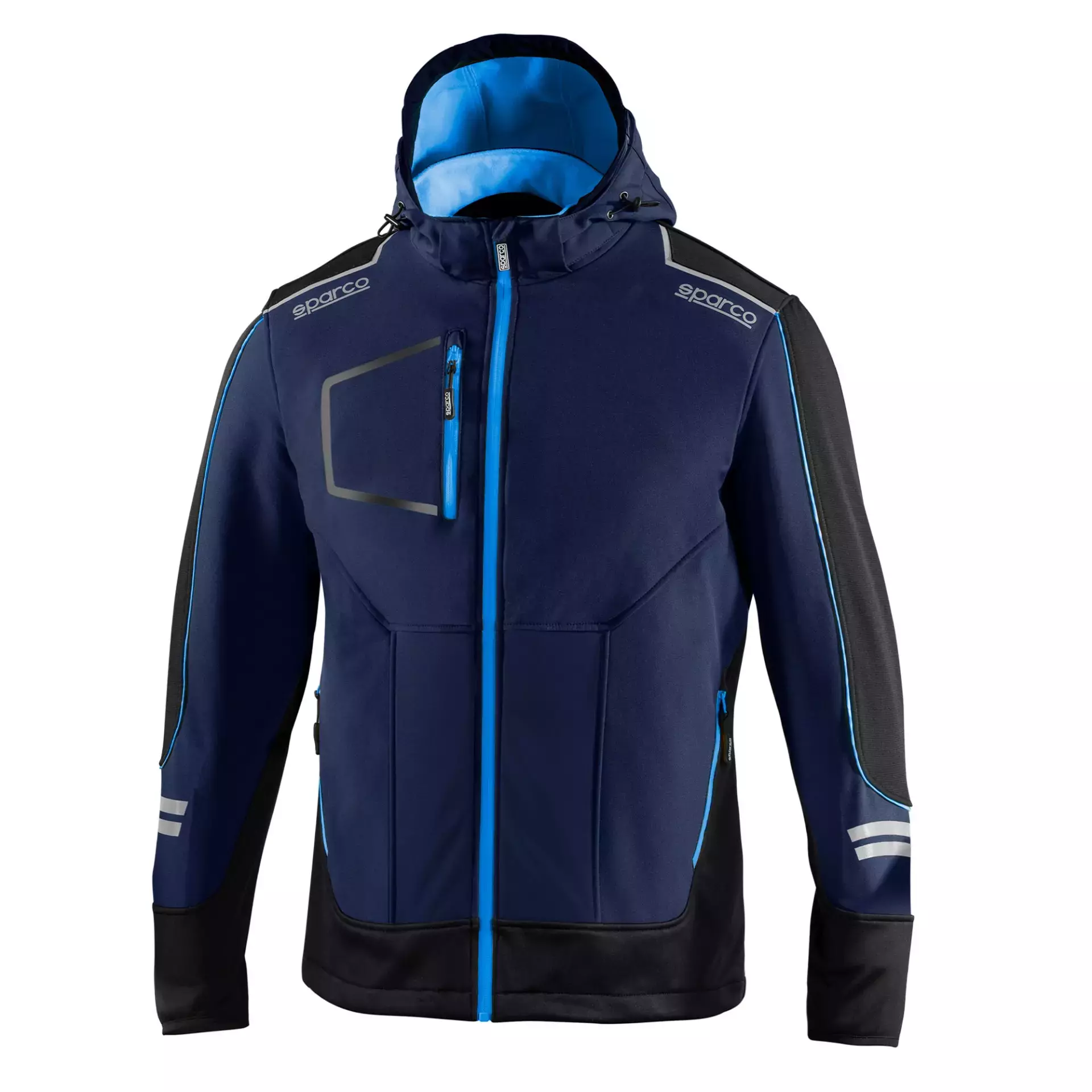





Choosing the right Arc Flash Gloves is key to ensuring your safety in high-risk environments like electrical maintenance or construction....
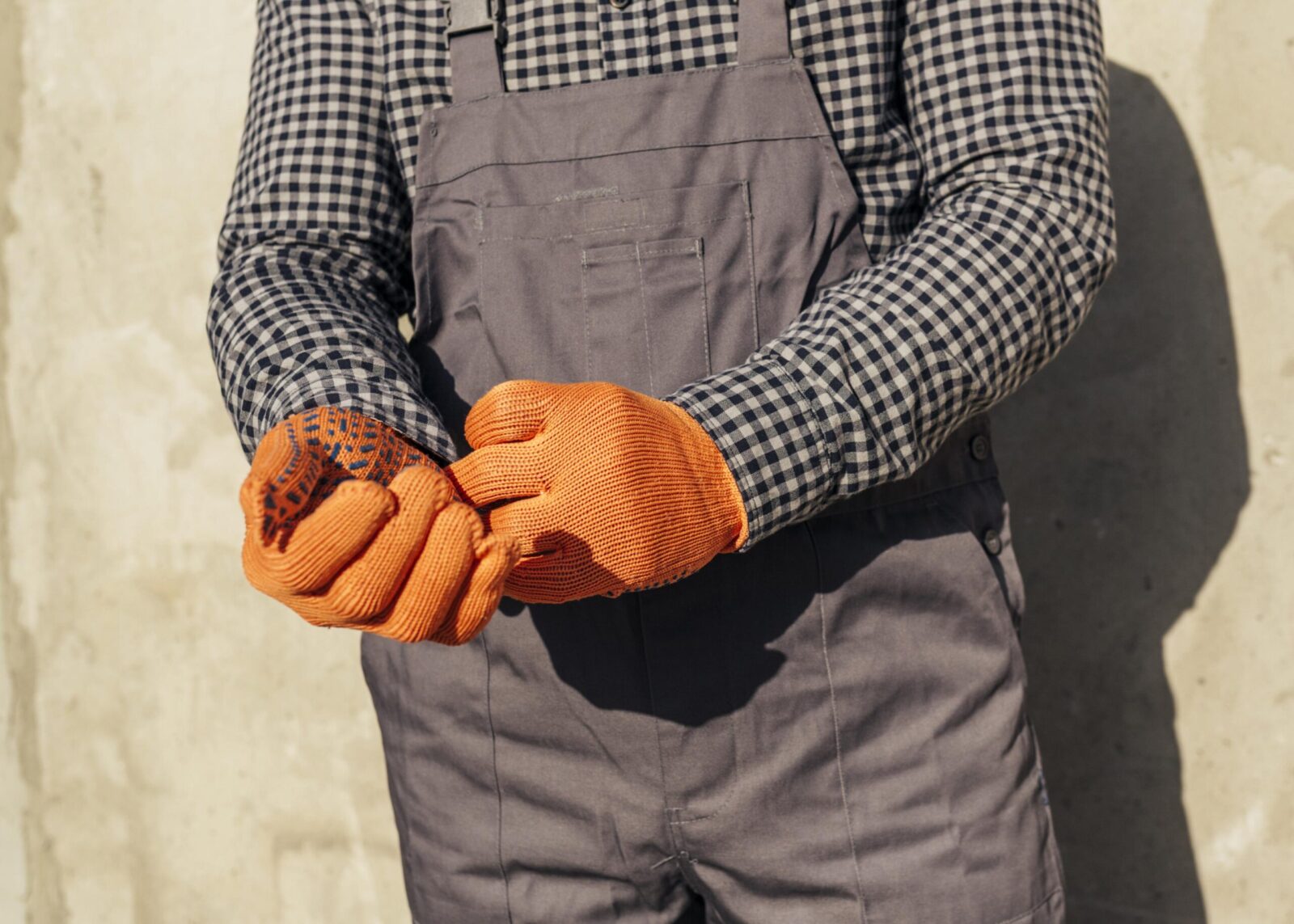
Choosing the right Rubber Insulating Gloves is essential for safety in electrical work, but with so many options, it can...

Are you looking for the right electrical insulating gloves to ensure your safety? This guide will help you understand the...

Choosing the right Arc Flash Gloves is key to ensuring your safety in high-risk environments like electrical maintenance or construction....

Choosing the right Rubber Insulating Gloves is essential for safety in electrical work, but with so many options, it can...

Are you looking for the right electrical insulating gloves to ensure your safety? This guide will help you understand the...
Get 20€ off on your first order!
Save 30% by buying directly from brands, and get an extra 10€ off orders over €100
Save 30% by buying directly form brands, and get an extra 10€ off orders over €100